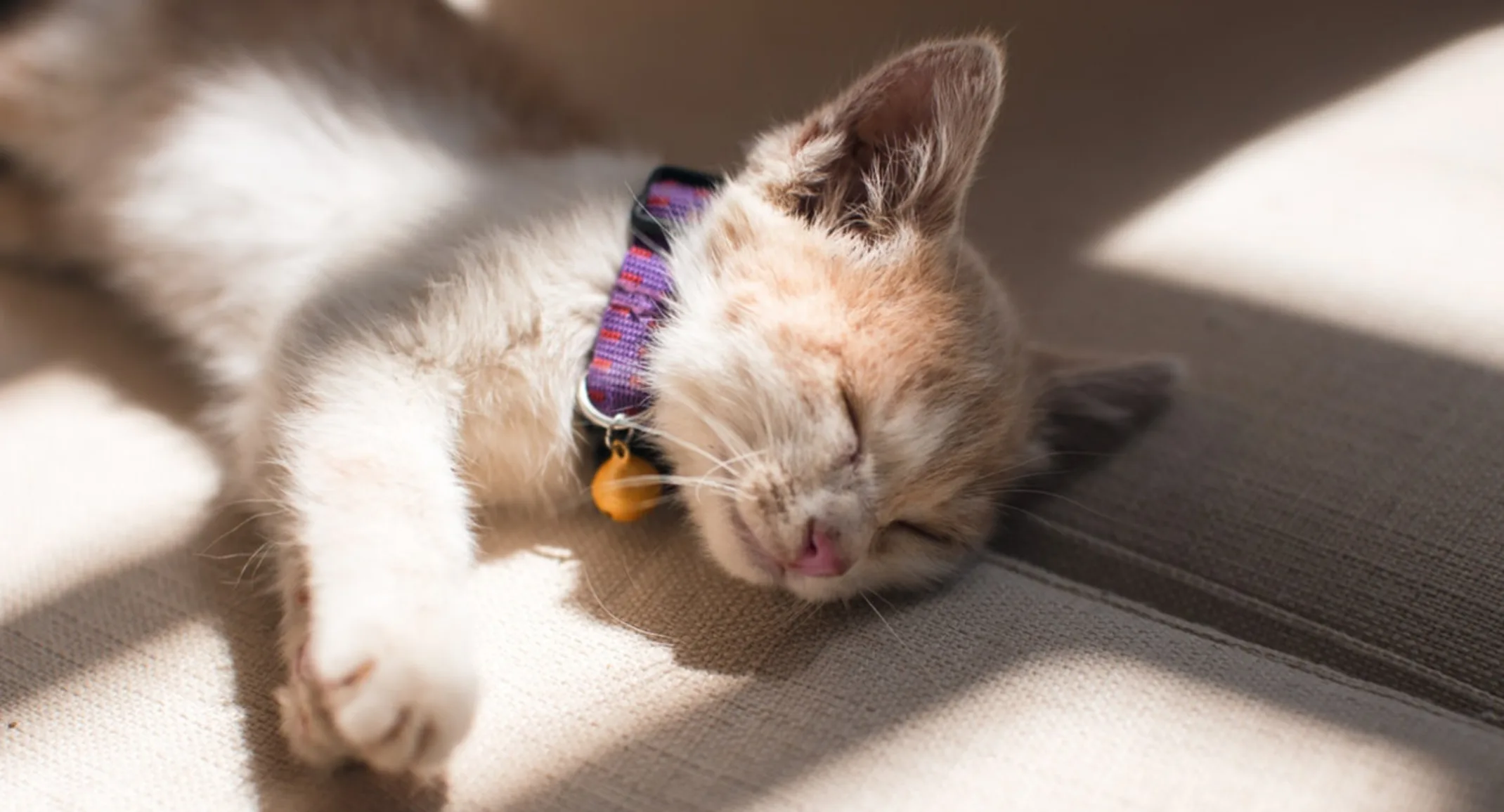Blocked Cats: A Life-Threatening Emergency Every Cat Owner Should Know About
Cats

Blocked Cats: A Life-Threatening Emergency Every Cat Owner Should Know About
If you’re a cat owner, there’s a potentially life-threatening condition that you need to be aware of—especially if your feline friend is male. It’s called a urethral obstruction, or more commonly, a “blocked cat.” This is a medical emergency that requires immediate veterinary attention.
What Is a Blocked Cat?
A "blocked cat" refers to a cat that cannot urinate because the urethra (the tube that carries urine from the bladder out of the body) is blocked. This blockage is most commonly caused by a buildup of crystals, mucus, or stones, or by severe inflammation in the urinary tract. Male cats are at a much higher risk due to their narrower urethras.
Why Is It Dangerous?
When a cat can't urinate, urine quickly builds up in the bladder, causing it to become distended and painful. If left untreated, this can lead to:
Bladder rupture
Kidney failure
Severe electrolyte imbalances, especially dangerously high potassium
Heart arrhythmias
Death, sometimes within 24–48 hours
It is not an exaggeration to say this is one of the most serious emergencies seen in feline medicine.
Signs Your Cat Might Be Blocked
Knowing the signs of urethral obstruction could save your cat’s life. Look for:
Going to the litter box frequently but not producing urine
Crying, straining, or yowling in the litter box
Lethargy or hiding
Vomiting or refusing food
Licking the genitals excessively
A hard, painful abdomen
Collapse or signs of shock in severe cases
If you see any of these symptoms, do not wait—go to the vet or emergency clinic immediately.
What Happens at the Vet
If your cat is blocked, the veterinary team will:
Stabilize your cat if needed, especially if they're very sick or in shock.
Relieve the obstruction by placing a urinary catheter under sedation.
Flush the bladder to remove debris, blood, or crystals.
Hospitalize your cat for 1–3 days with IV fluids, pain control, and monitoring.
Run tests, including bloodwork and urinalysis, to assess organ function and identify underlying causes.
What Happens Afterward
Once your cat is discharged:
You’ll need to monitor their urination closely.
Prescription urinary diets are often recommended to reduce the risk of recurrence.
Medications such as pain relievers, antispasmodics, or anti-inflammatories may be prescribed.
Can It Be Prevented?
While not all blockages can be prevented, there are things you can do to reduce the risk:
Feed a high-quality wet or prescription urinary diet to promote dilute urine.
Encourage water intake with fountains, multiple water bowls, or even adding water to food.
Reduce stress at home, as stress can contribute to urinary issues.
Maintain a clean, easily accessible litter box (one box per cat, plus one extra).
Watch for early signs of urinary discomfort, and seek veterinary attention promptly.
Final Thoughts
A urethral obstruction is a terrifying experience for both cats and their owners—but with quick action and appropriate care, most cats recover well. If you ever suspect your cat is blocked, don’t hesitate. The sooner you get help, the better the outcome for your furry friend.
